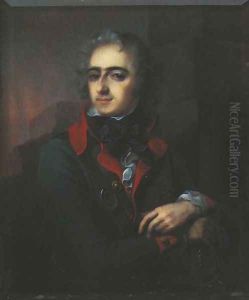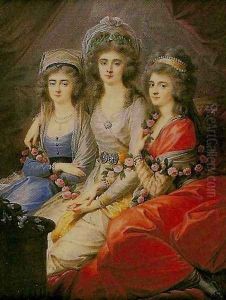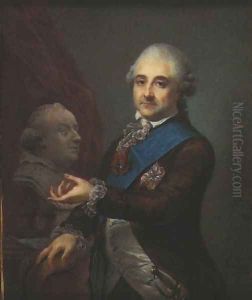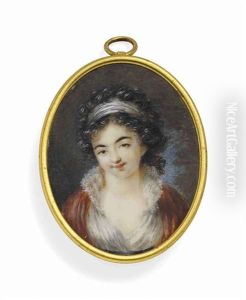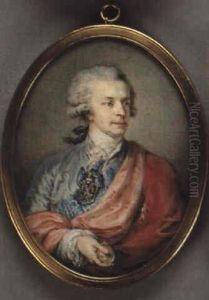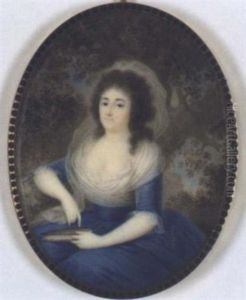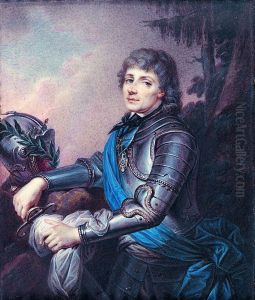Wincenty de Lesseur Paintings
Wincenty de Lesseur, also known as Vincent de Lesseur, was a Polish painter born in 1745 in Lwów (Lviv), which at that time was part of the Polish-Lithuanian Commonwealth and is now in Ukraine. De Lesseur is known for his contributions to portrait painting and the classical style that characterized the Enlightenment period in Europe.
His early life and training are not thoroughly documented, but it is known that he traveled to France, where he was significantly influenced by the French art scene of the 18th century. While in France, de Lesseur likely received formal artistic training and was exposed to the works of contemporaneous French artists, which helped him develop his own style of painting.
After returning to Poland, de Lesseur became an active member of the art community and received commissions from many notable individuals, including members of the Polish nobility. His works included both portraits and historical scenes, but he is most renowned for his portraiture. His ability to capture the likeness and character of his subjects made him a sought-after portraitist during his lifetime.
De Lesseur's work is characterized by careful attention to detail, harmonious compositions, and a subtle use of color. He was adept at portraying the textures of fabrics and the intricacies of ornamentation, which added to the lifelike quality of his portraits. His paintings often reflected the ideals of the Enlightenment, favoring reason and a return to classical antiquity for inspiration.
During his career, de Lesseur also contributed to the development of art institutions in Poland. He was involved in the establishment of the Society for the Encouragement of Fine Arts (Towarzystwo Zachęty Sztuk Pięknych) and became a respected art educator. His influence extended to the next generation of Polish artists, whom he mentored and inspired.
Wincenty de Lesseur died in 1813. Although not as widely known today as some of his European contemporaries, his work remains an important part of Polish art history. His contributions to portraiture and his role in the artistic community of his time have solidified his legacy as a significant figure in the cultural heritage of Poland.
